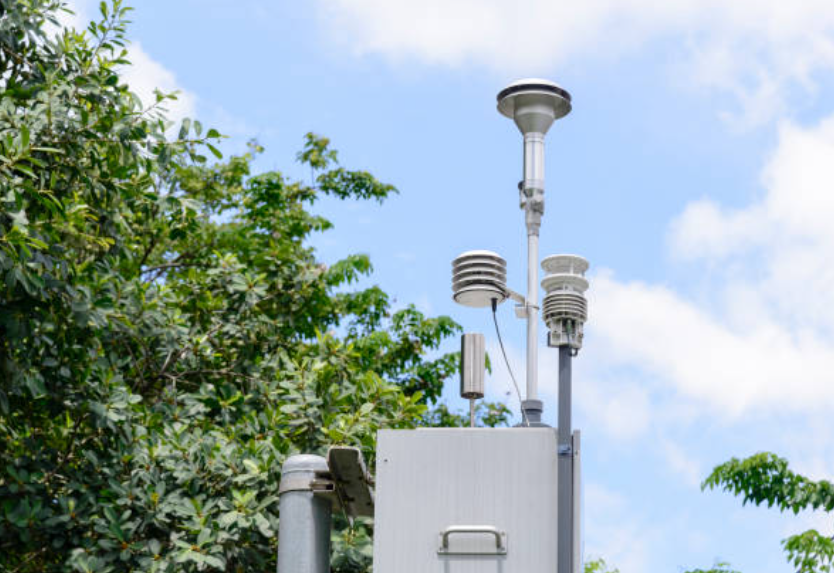
Up to 90% of the population lives in areas with air pollution that exceed the World Health Organization guidelines. To this is added that in this pandemic the weakest people have been most affected. Therefore, among the global environmental challenges is cleaner air, especially in large cities. An objective that materializes in SDG number 11, which refers to guaranteeing inclusive, safe, resilient and sustainable cities.
Zero Pollution Action Plan.
Mortality linked to pollution is very high, which is why the European Commission has proposed the Zero Pollution Action Plan, aimed at adjusting air quality standards to the recommendations of the World Health Organization. It tries to reduce by 55% the 400,000 premature deaths that occur each year in the EU, according to the European Environment Agency.
The pandemic has highlighted the improvement in air quality.
In addition, it must be taken into account that more than half of the world’s population lives in urban areas and it is expected that 75% work, live or commute to urbanized areas on a daily basis. They represent almost 80% of world GDP and are responsible for 70% of greenhouse gas emissions. The pandemic has highlighted the improvement in air quality when polluting fossil transport has stopped circulating. Keep in mind that 24% of energy-related carbon emissions come from transportation.

The accumulated investment in the energy system will have to increase by 30%.
No other issue will have such an impact in the coming decades. The International Renewable Energy Agency estimates that, to make the energy transition possible, the accumulated investment in the energy system between 2015 and 2050 will have to increase by 30% to reach 120 billion dollars (about 3.4 billion/year)
Investment in renewable energies and energy efficiency would absorb the bulk in the field of energy. Throughout this period, in the field of renewable energy, energy efficiency and the improvement of networks and energy flexibility, there would be a net positive balance of 11.6 million jobs by 2050.
Revenue is expected to grow from $6.5 billion in 2022 to $13.6 billion in 2031.

Global ventilation and Indoor Air Quality (IAQ) business revenue is expected to grow from $6.5 billion in 2022 to $13.6 billion in 2031 at a compound annual growth rate (CAGR) of 8.6% according to a new report from Guidehouse Insights.
- Disinfection technology has been under the spotlight since 2020 due to safety concerns stemming from the start of the coronavirus pandemic. While pre-pandemic IAQ solutions focused on reducing indoor air pollutants caused by outdoor air pollution, over the past two years public concern regarding virus risk has led to significant focus on disinfection as a key to IAQ.
- Disinfection technologies such as ultraviolet germicidal irradiation (UVGI) and ionization, among others, have drawn public attention. However, IAQ solutions should be considered holistically rather than focusing on stand-alone disinfection solutions. For example, UVGI is more effective at disinfecting surfaces than at killing viruses that travel rapidly through ventilated airflow. UVGI will probably be much more effective combined with filters in air purifiers to disinfect filter surfaces. Likewise, ionization is effective in mitigating the risk of viruses when the technology is connected to HVAC equipment or air purifiers. Other considerations for occupant comfort and safety include moisture control and contaminant detection.
Possibilities with air quality monitoring system market.
Now let’s talk about the global air quality monitoring system market which is valued at USD 4.4 billion in 2021 and is expected to reach USD 5.9 billion by 2026, at a CAGR of 6.5% during the forecast period. The growth of this market is majorly driven by factors such as technological advancements in air quality monitoring systems, increasing public-private funding for effective air pollution monitoring, and the increasing public awareness related to the environmental and healthcare implications of air pollution.

“The results can be promising” air measurement tools are already part of a $5 billion environmental testing market, growing at 6%. In addition, there is a strong growth of companies developing filters for engines and industrial applications for pollution control. Let’s see below the potential and the possibility of expansion of the global air quality monitoring systems market, based on sampling method, pollutant, product, end user, and region.
Global Air quality monitoring systems market, by sampling method
- Active/Continuous Monitoring
- Manual Monitoring
- Passive Monitoring
- Intermittent monitoring
- Stack Monitoring
Global Air quality monitoring systems market, by Pollutant
- Chemical Pollution
- Nitrogen Oxides
- Sulfur Oxides
- Carbon Oxides
- Volatile Organic Compounds
- Other Chemical Pollutants
- Physical Pollutant
- Biological Pollutant
Global Air quality monitoring systems market, by Product
- Indoor monitors
- Fixed Indoor Monitors
- Portable Indoor Monitors
- Outdoor monitors
- Portable Outdoor Monitors
- Fixed Outdoor Monitors
- Dust & Particulate Matter Monitors
- AQM Stations
- Wearable Monitors
Global Air quality monitoring systems market, by End User
- Government Agencies & Academic Institutes
- Government and Residential Users
- Petrochemical Industry
- Power Generation Plants
- Pharmaceutical Industry
- Smart City Authorities
- Other End Users
Global Air quality monitoring systems market, by Region
- North America
- US
- Canada
- Europe
- Germany
- France
- UK
- Italy
- Spain
- Rest of Europe (RoE)
- Asia Pacific
- Japan
- China
- India
- Australia
- South Korea
- RoAPAC
- Latin America
- Brazil
- Mexico
- RoLA
- Middle East & Africa

